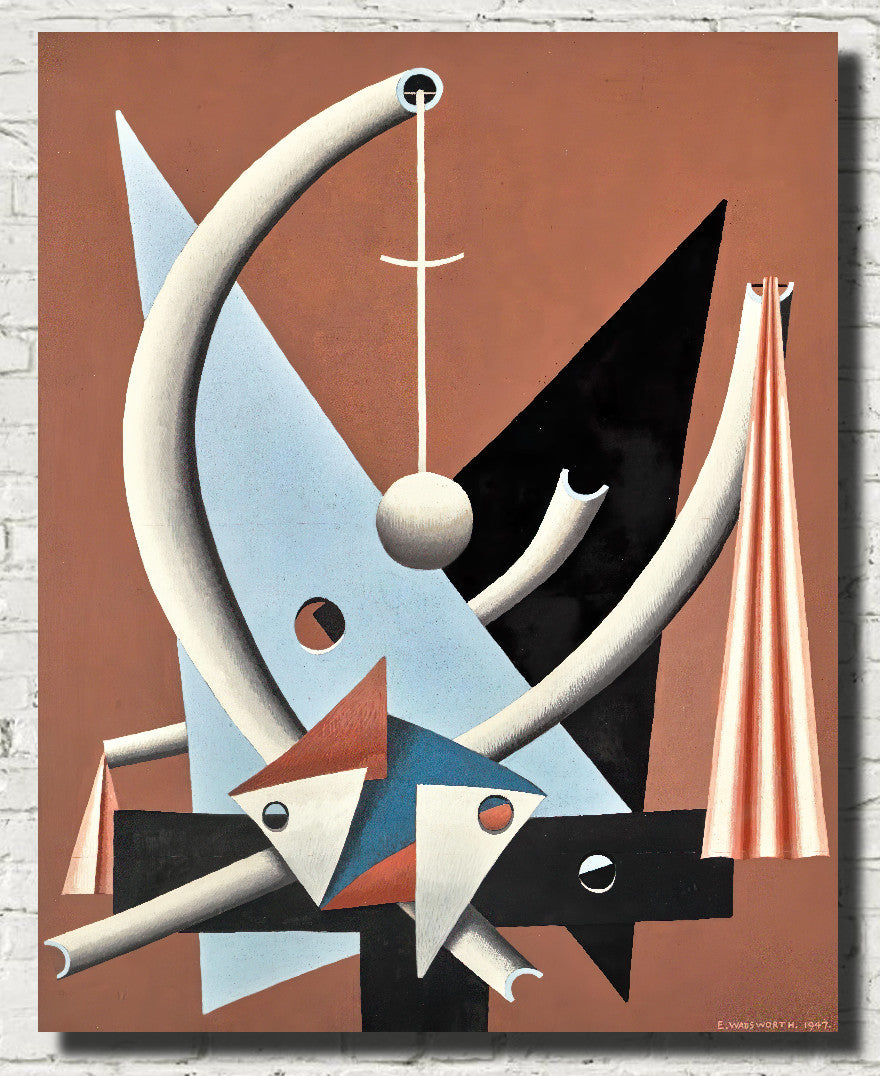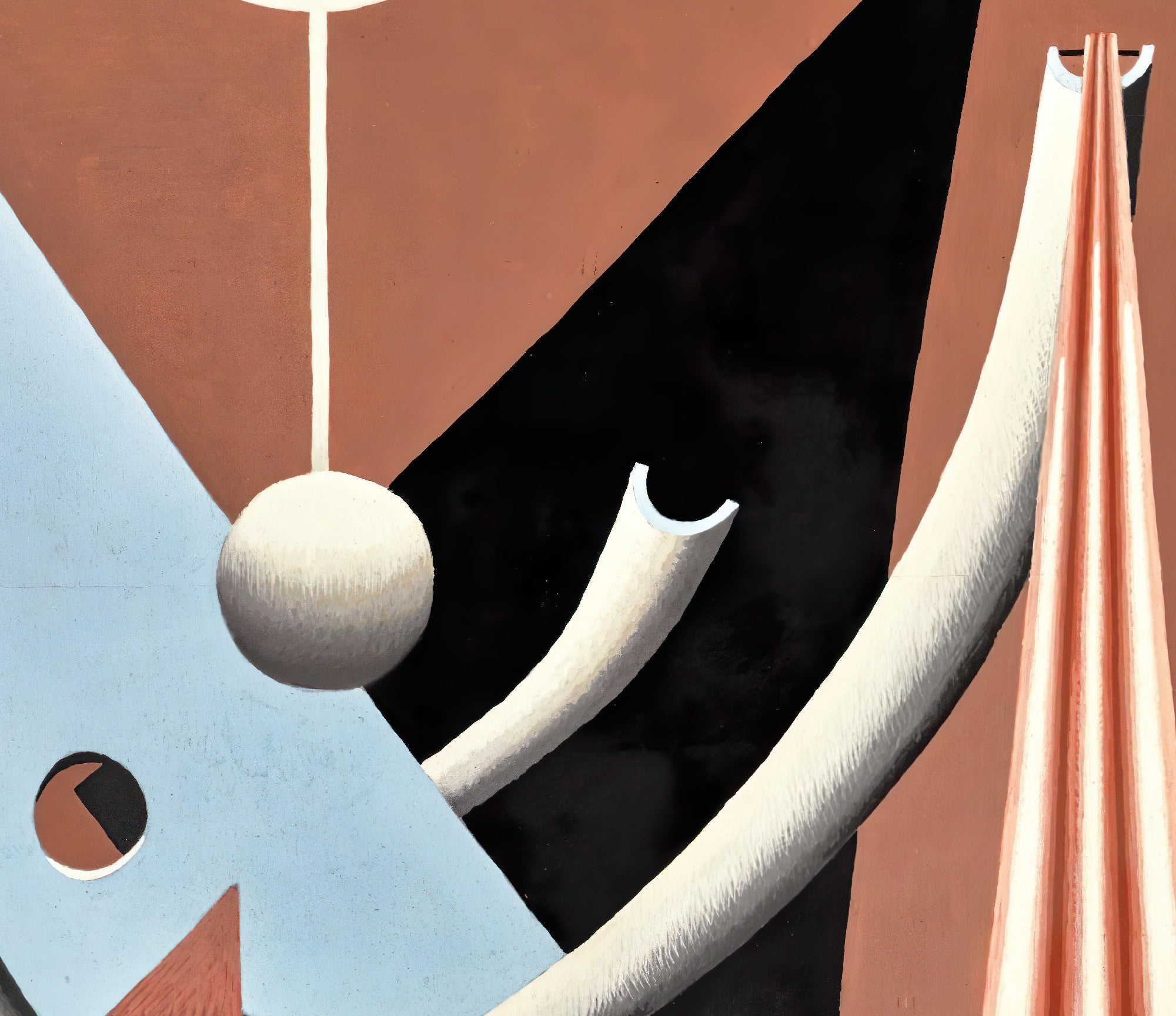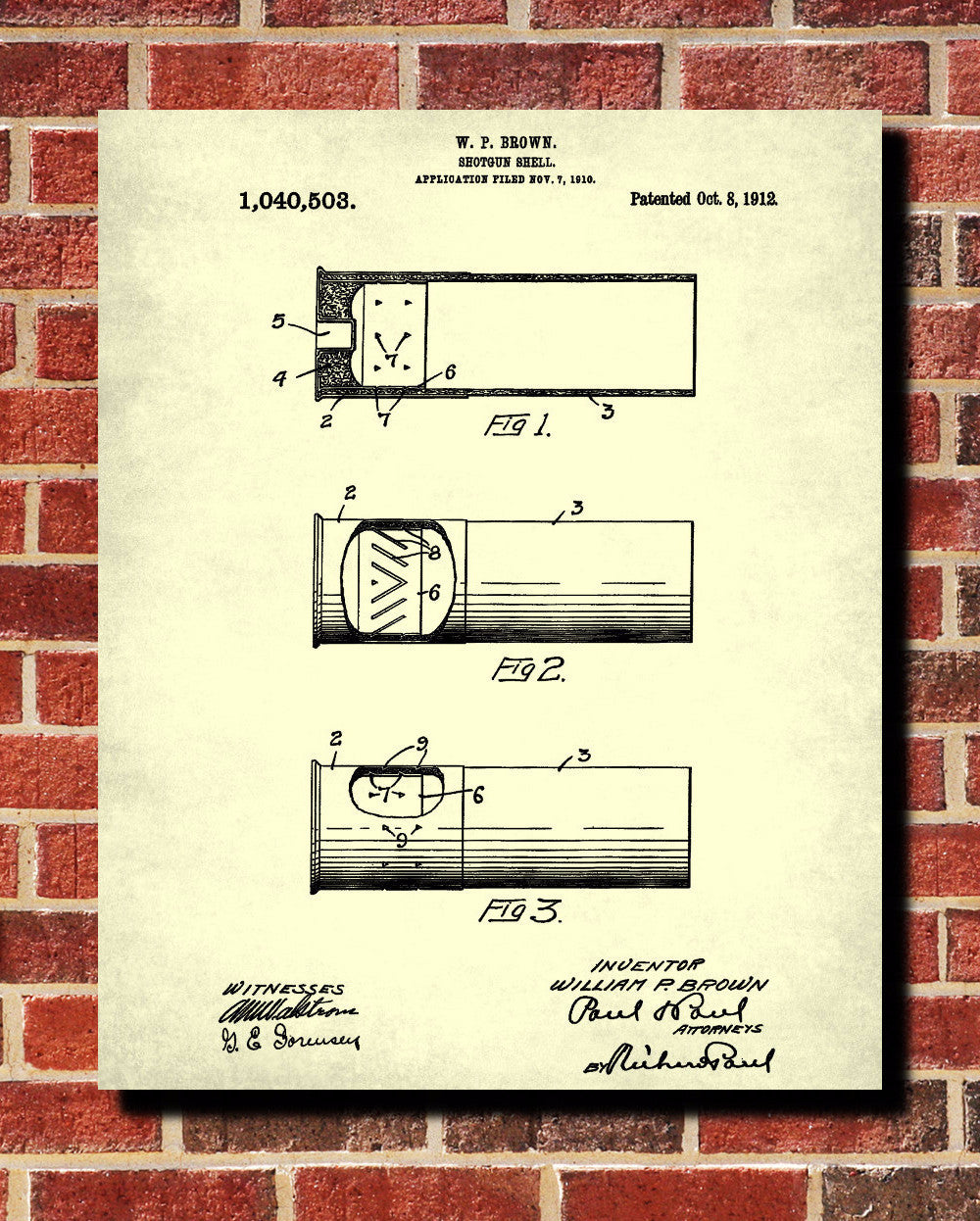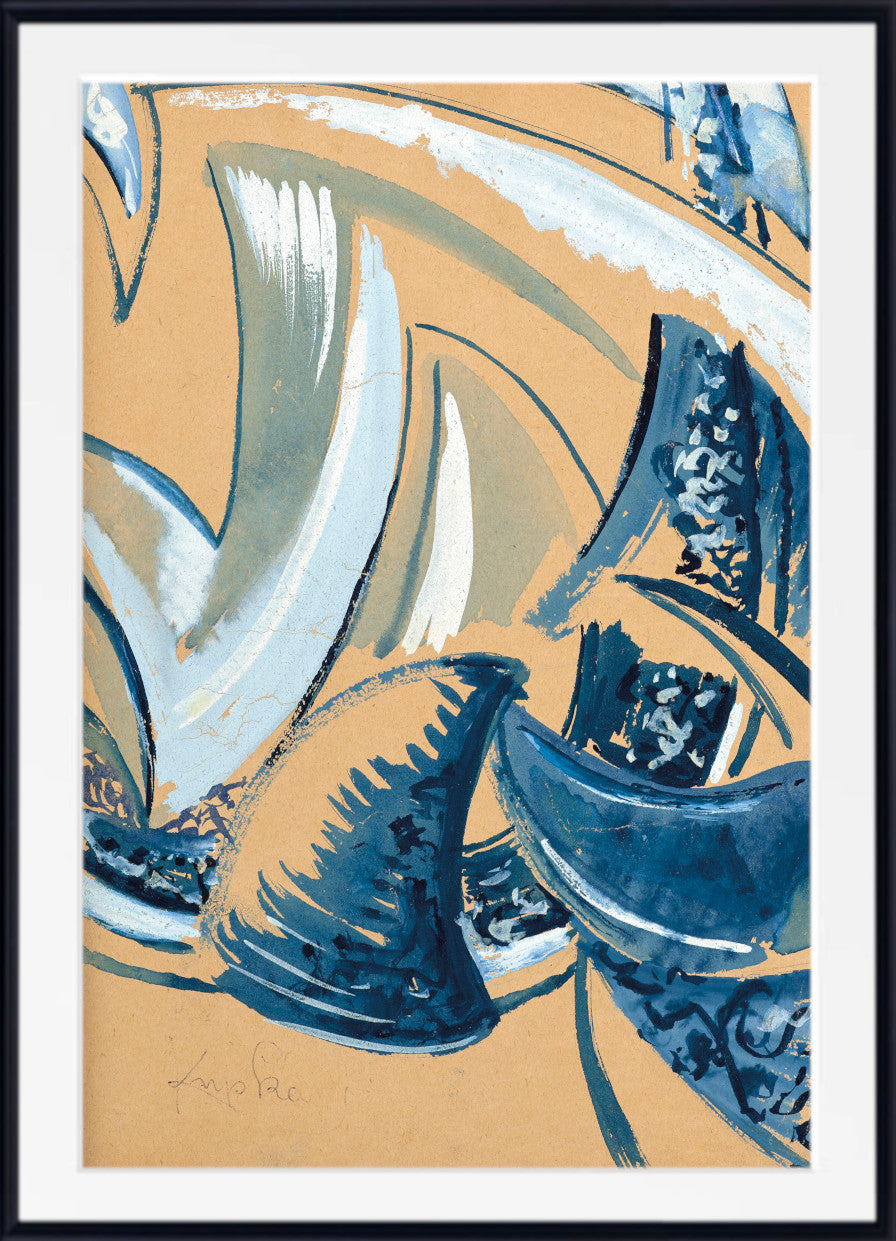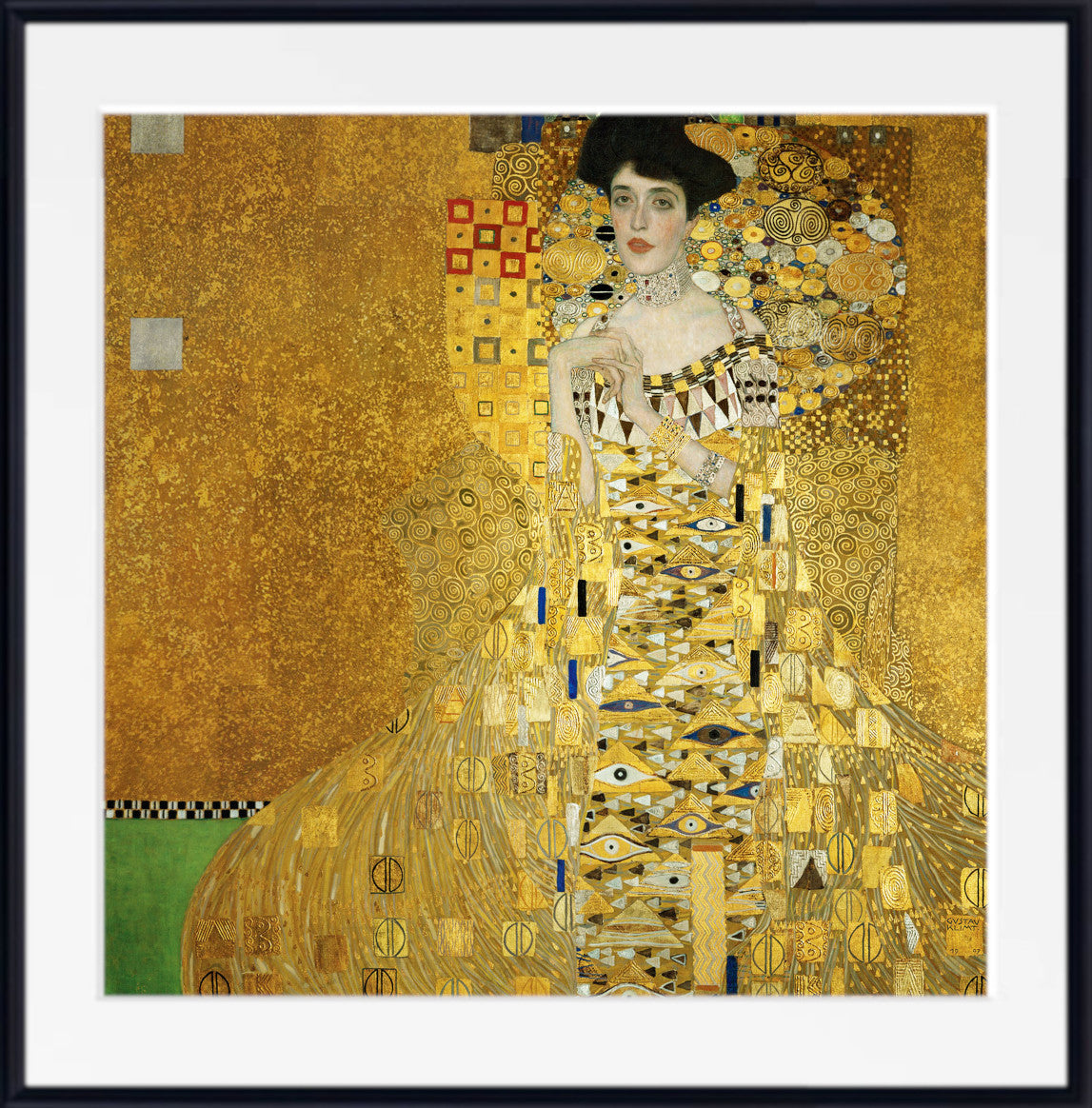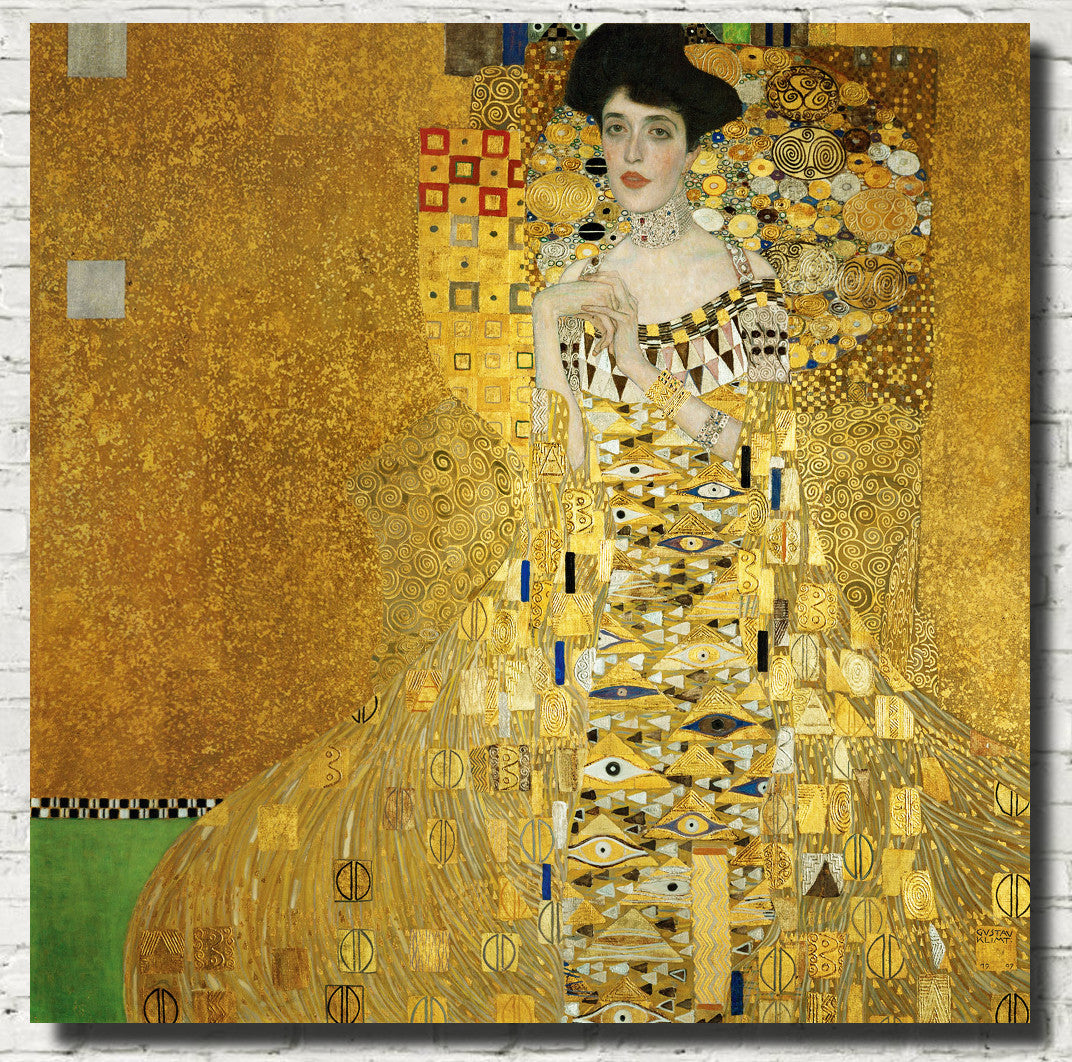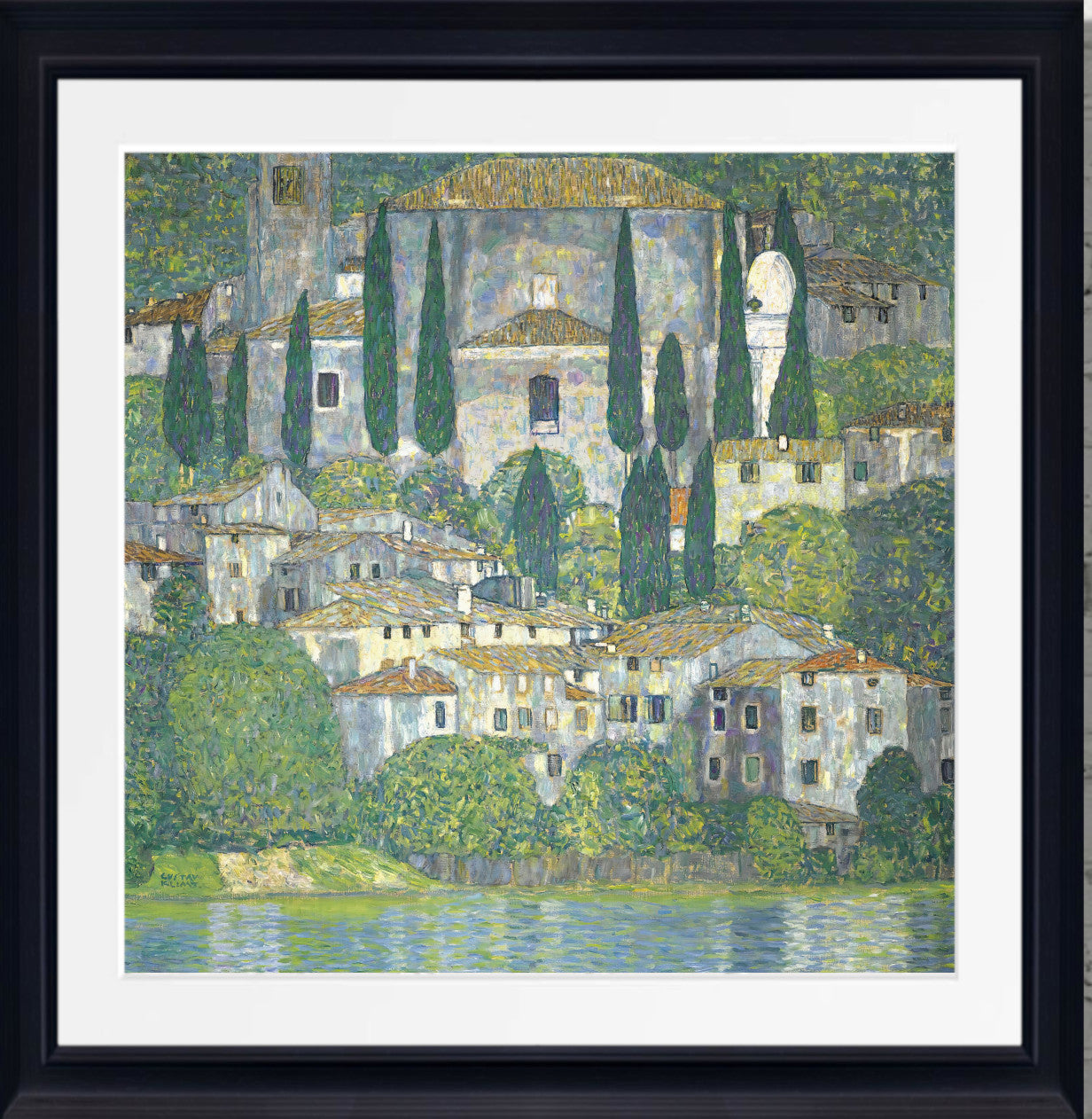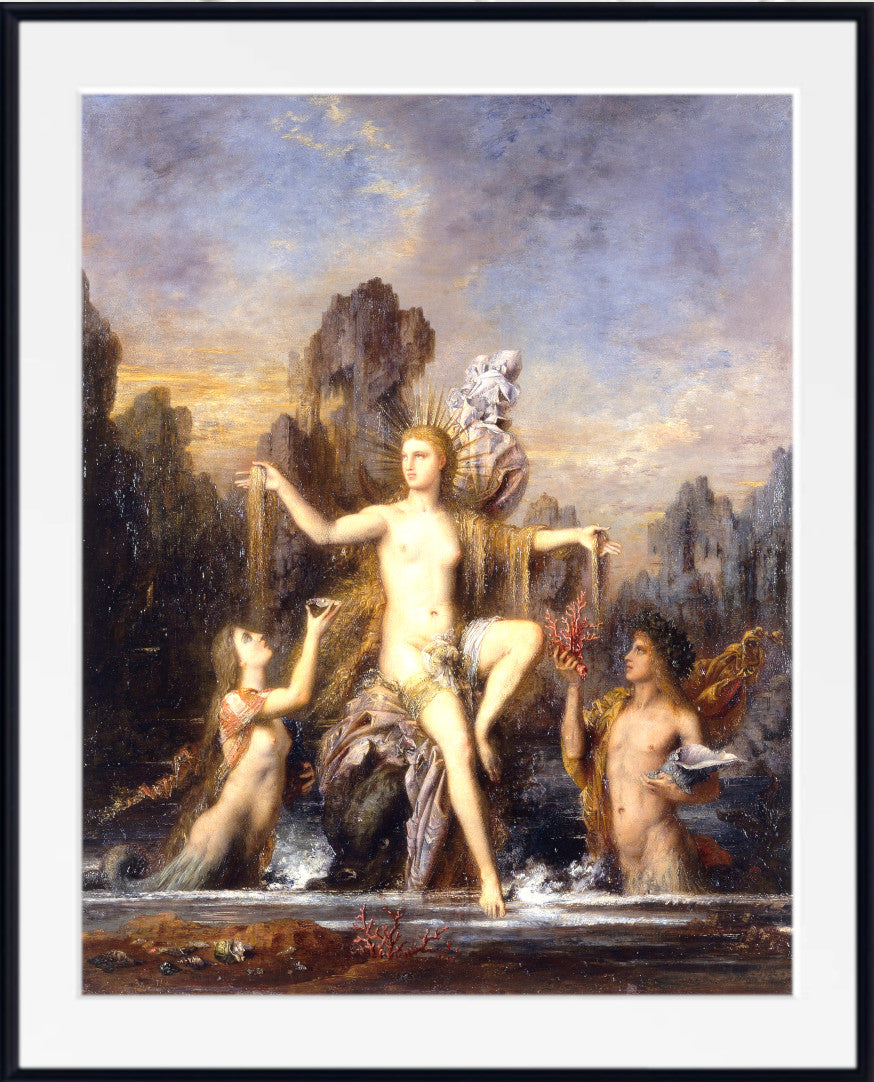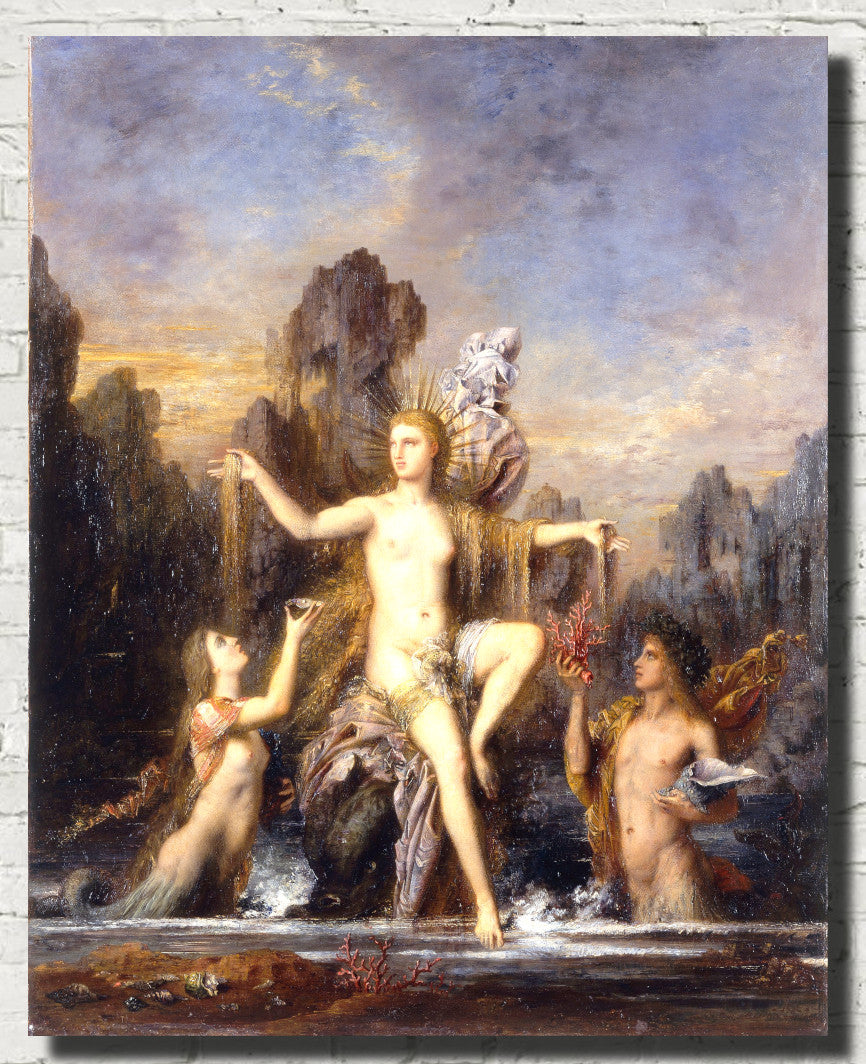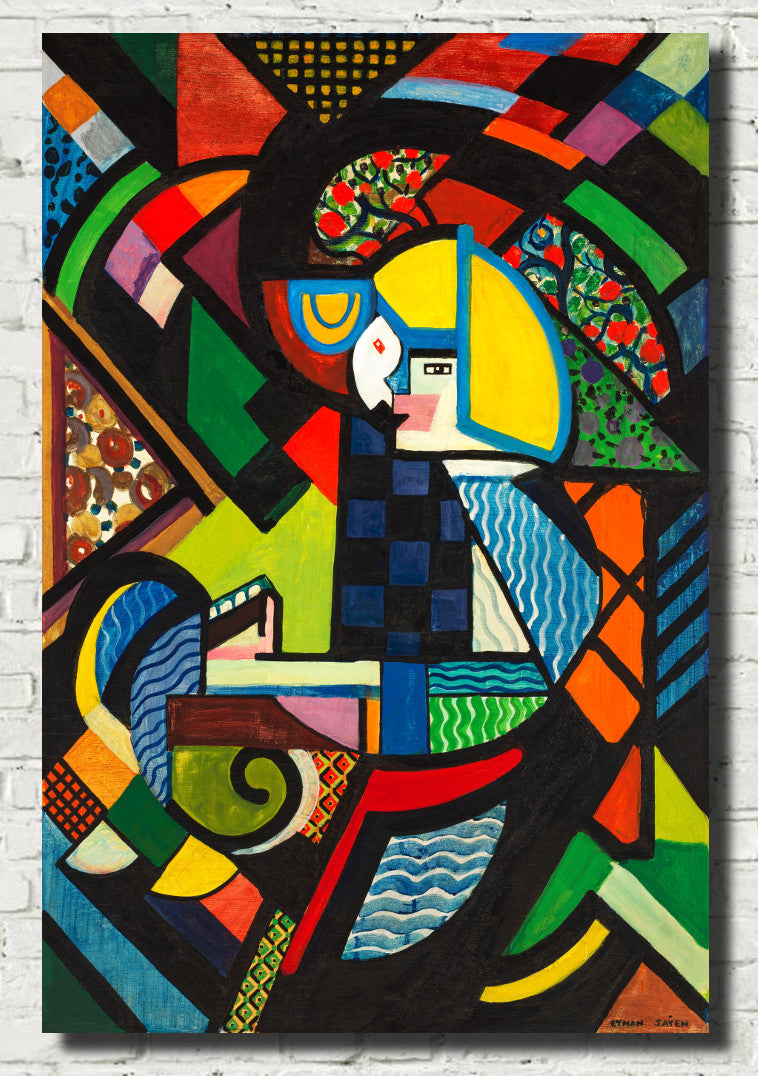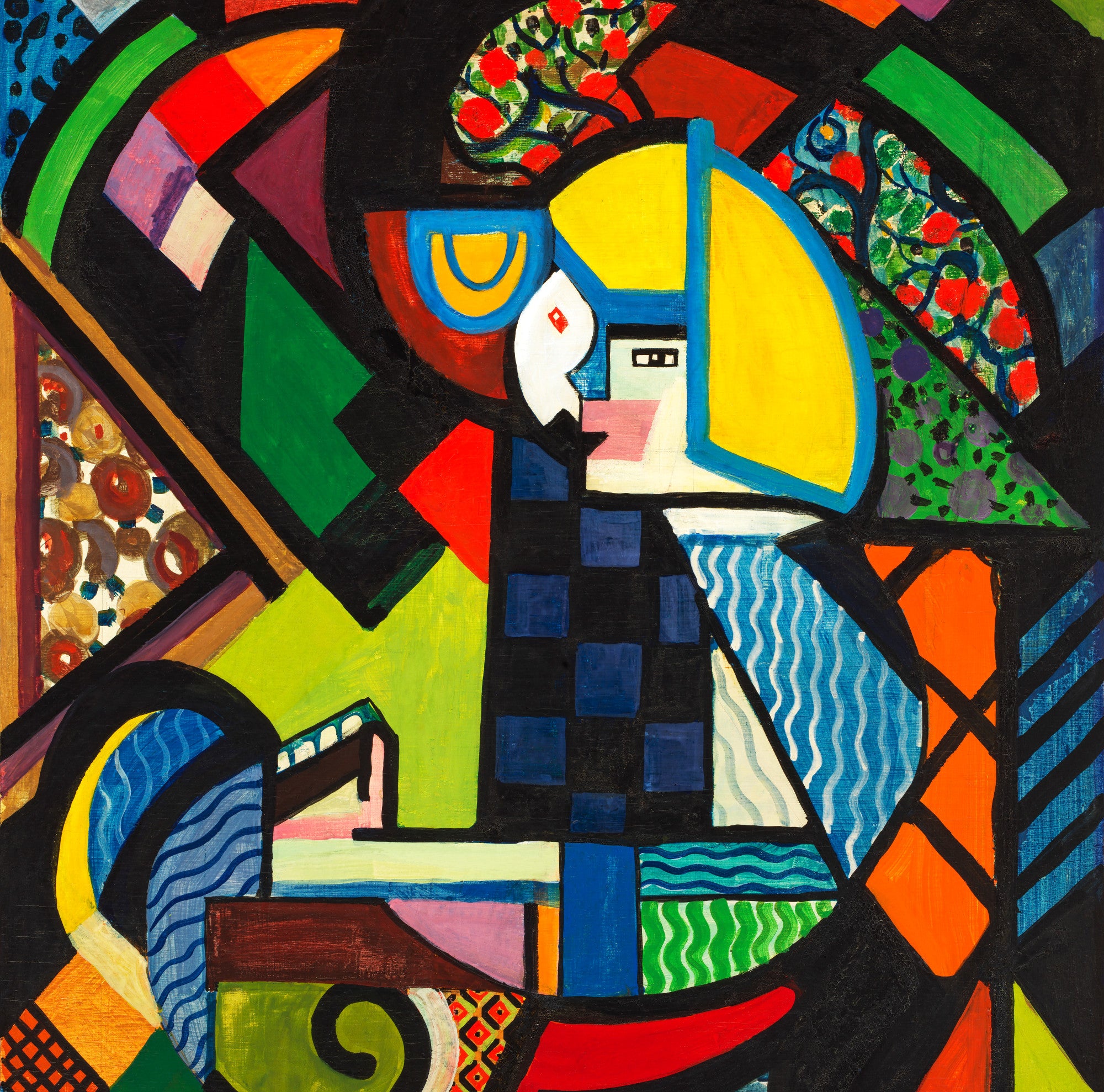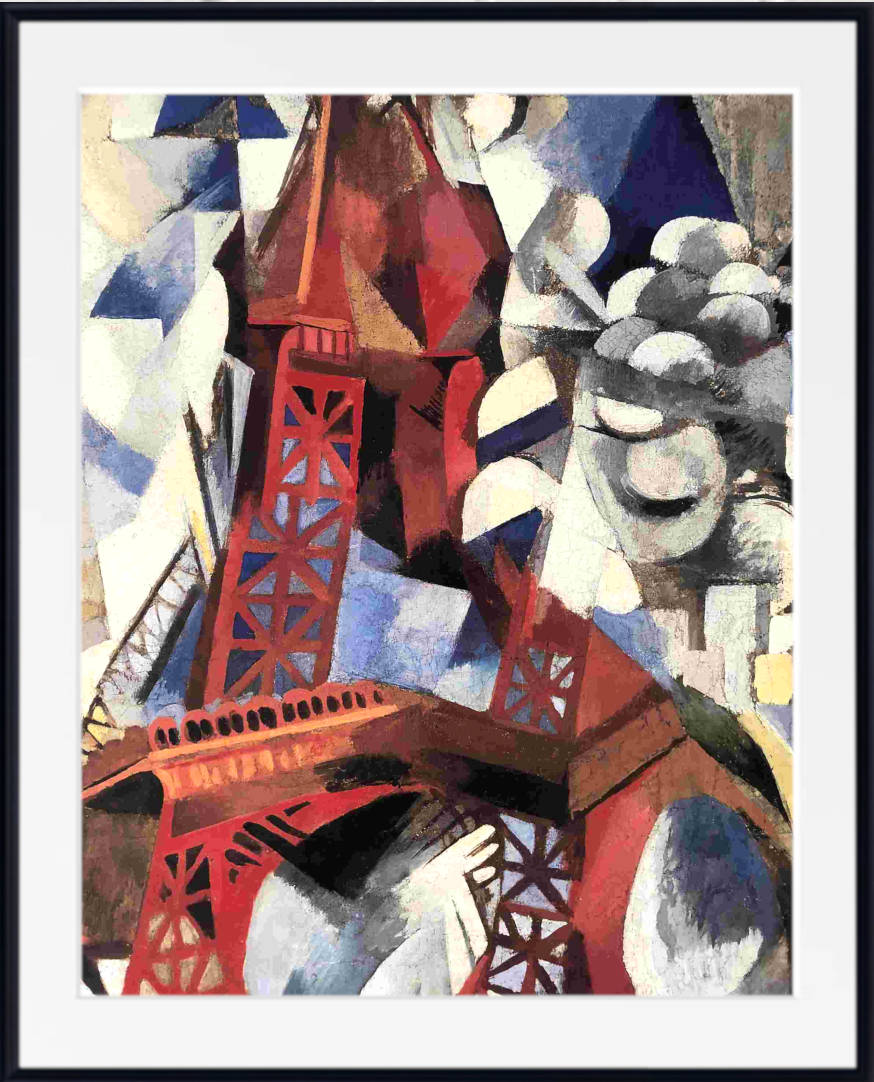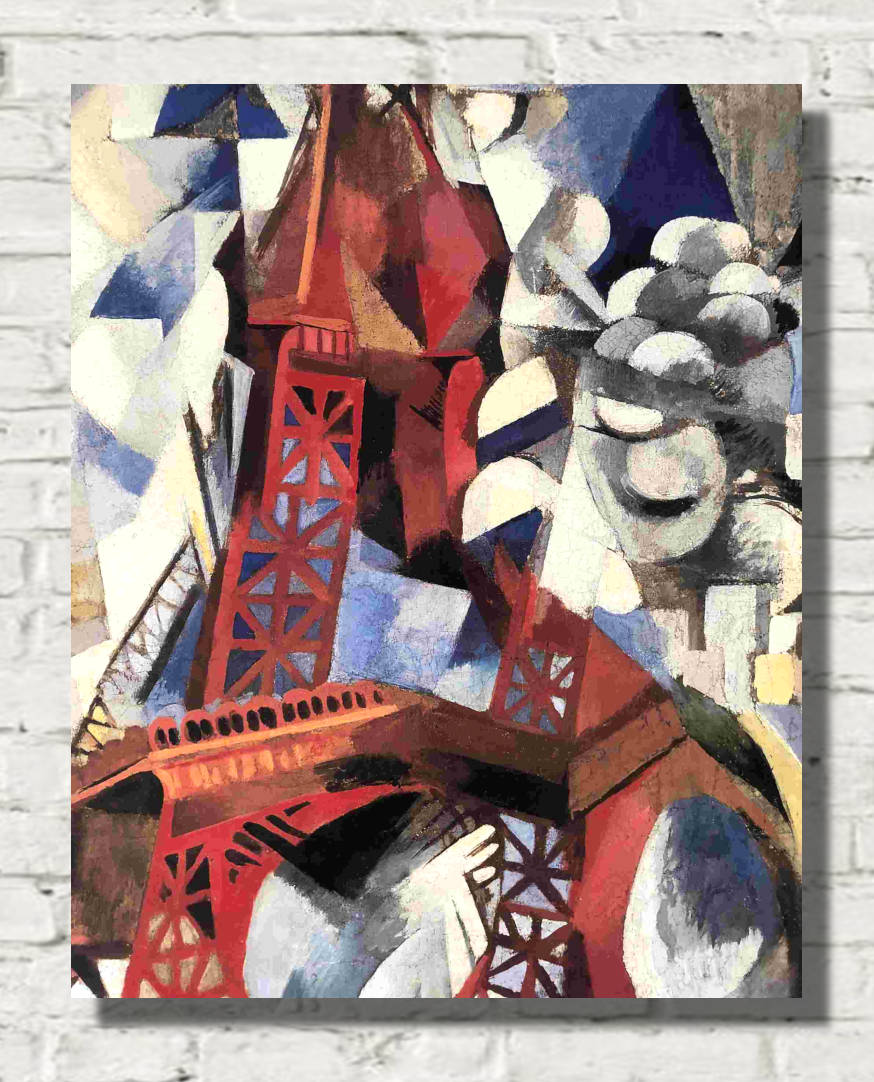Kissable, Edward Wadsworth
Wadsworth has placed the objects within this composition at close range, using triangular forms as the planes against which the rest of the composition is anchored – such a motif had appeared in his work from the previous year and reflects the influence of Fernand Léger. Various objects are suspended from organic, bone-like structures painted in a creamy-white tempera which gives them a luminous aura when set against the deep burgundy of the background. These crisply rendered forms are imbued with a sense of weightlessness, criss-crossing the composition while objects hang from them on delicately placed strings. The whole structure appears to resemble a form of futuristic balance, but one that appears suspended in space. Wadsworth was not interested in depicting a form discernible as a known, or knowable, object; rather, his concern was to show the contrasting weights and textures of the forms, paying particular attention to the contrast between the heaviness of the angular triangles and the lightness of the soft, organic forms of the bones, string and meticulously painted fabric.
Edward Alexander Wadsworth ARA (29 October 1889 – 21 June 1949) was an English artist, closely associated with modernist Vorticism movement. He painted coastal views, abstracts, portraits and still-life in tempera medium and works printed using wood engraving and copper. In the First World War he designed dazzle camouflage for the Royal Navy, and continued to paint nautical themes after the war.
All prints are made using archival art stocks and UV pigment inks to give up to 200 years life. Prints are sold unframed and unmounted.

